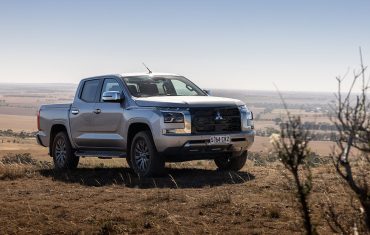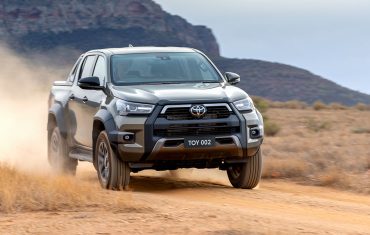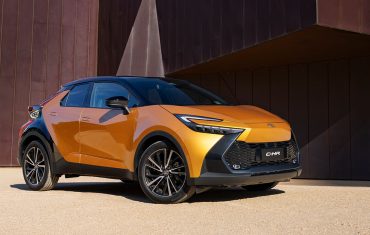
Electric vehicles coming to Australia you need to know about
For driversElectric vehicles are on the charge in 2025, with the biggest influx of new models – and a host of new brands – set to arrive in Australia over the next 12 months.
While the majority are SUVs, the battery of … well, battery-powered vehicles will offer more choice for business fleet operators and those opting for a novated lease, with a wider variety of models, newer technologies, longer driving range, and more affordable options. There’s even a couple of capable dual-cab utes and light commercial vans.
So, here’s a rundown of all the electric vehicles you need to know about that are scheduled to land in Australia in 2025.
Audi Q4 e-tron
Both alphabetically and literally, the Audi Q4 e-tron is the first new arrival of the year. Available in Australia from February, it is the smallest and most affordable in Audi’s dedicated e-tron range.

It is offered in two model grades – 45 and 55 – across both the wagon and coupe-style Sportback body styles and shares its fundamental underpinnings – including the 82kWh battery and electric motors – with the Volkswagen ID 4 and ID 5.
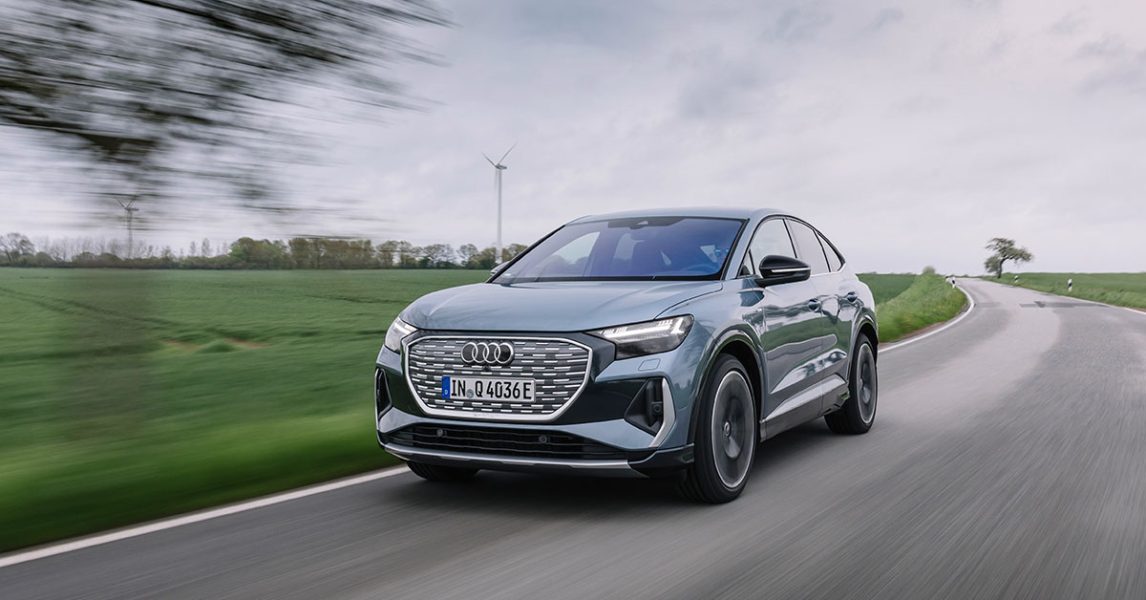
That means the entry-level 45 has a 210kW/545Nm single motor powering the rear wheels, and offering a maximum driving range of 540km, while the 55 variants have a 250kW/679Nm dual-motor set-up that delivers 526km of range on a single charge.
The Audi Q4 e-tron is priced from $84,900 (plus on-road costs).
Audi Q6 e-tron
The German brand will complete its e-tron SUV range in 2025 with the addition of the Q6 e-tron that, logically, is positioned between the entry-level Q4 and the Q8 that has been on sale in Australia for a few years now.
The mid-sized five-door soft-roader shares its mechanical platform with the all-new electrified Porsche Macan that launched in Australia late last year, including a fast-charging 100kWh battery.
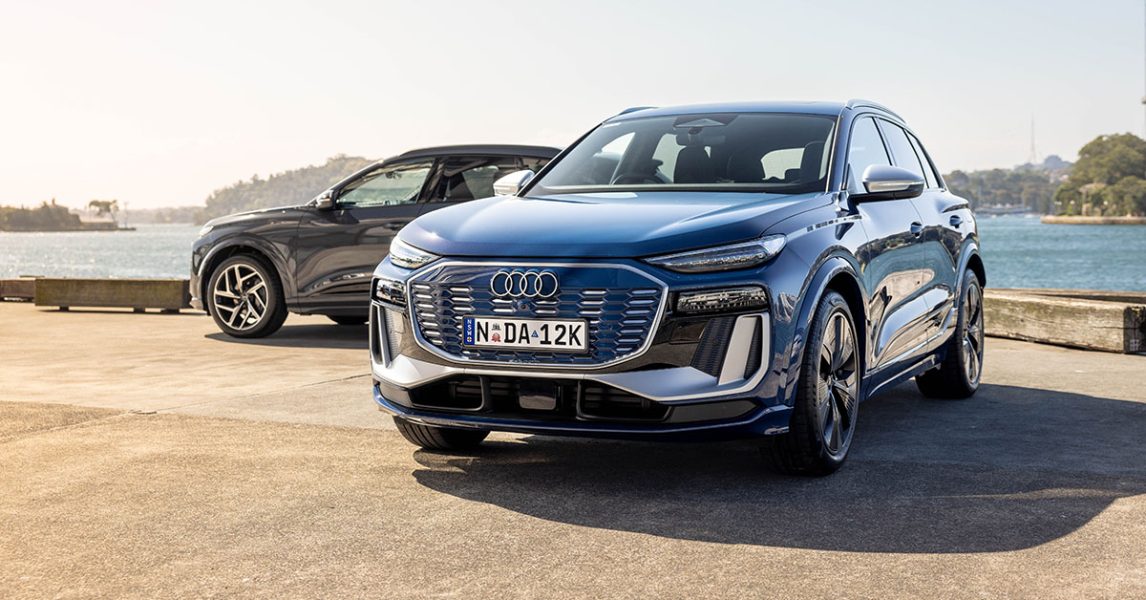
Audi will offer three variants in Australia, each with a unique powertrain that delivers increased levels of power as you climb the range. The entry-level single-motor
Performance will cost from $115,500 (plus ORCs) and produces 225kW/485Nm from its rear-mounted motor, while the mid-level dual-motor Quattro ($112,500 plus ORCs) has 285kW/580Nm and the flagship SQ6 ($151,400 plus ORCs) belts out 360kW/580Nm.

As per usual, how much power you get is diametrically opposed to how far you can drive, with the base model delivering the longest range of 641km compared to the 625km for the Quattro and 598km for the SQ6.
Audi A6 e-tron
Audi is also shifting its middle-class sedan, the A6, over to become part of its stable of dedicated electric vehicles in 2025.

To be offered in either Sportback (hatch) or Avant (station wagon) body styles, the A6 e-tron uses the same underpinnings as its Q6 SUV sibling but is offered (at least overseas) with a wider variety of powertrain options. In Europe, the entry-level version has an 83kWh battery with a 240kW single electric motor on the rear axle and deliver 615km of range, while the Performance model features the larger, higher voltage 100kWh battery and a 280kW motor that is good for an impressive 745km of driving range.
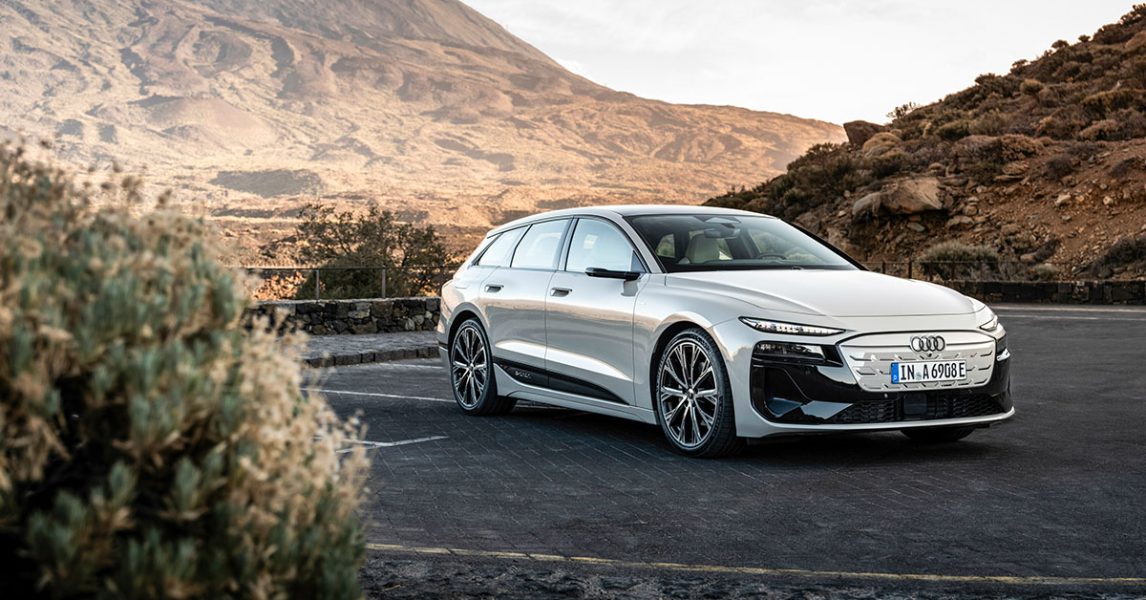
Like the Q6, there will also be dual-motor Quattro variants in the middle of the range, and a flagship S6 with 405kW. Australian specifications will be confirmed closer to its launch later this year, but it is expected the range will start at around $140,000 (plus ORCs) and top out north of $200k for the S6 models.
BYD Sealion 7
The Chinese brand is making big statements about becoming a Top-10 player in the Australian automotive market. It has already gathered a solid foundation with its value-packed small cars, like the Atto 3 and Dolphin, squared up to Tesla with its Seal sedan, and shaken up the dual-cab segment with its Shark ute.
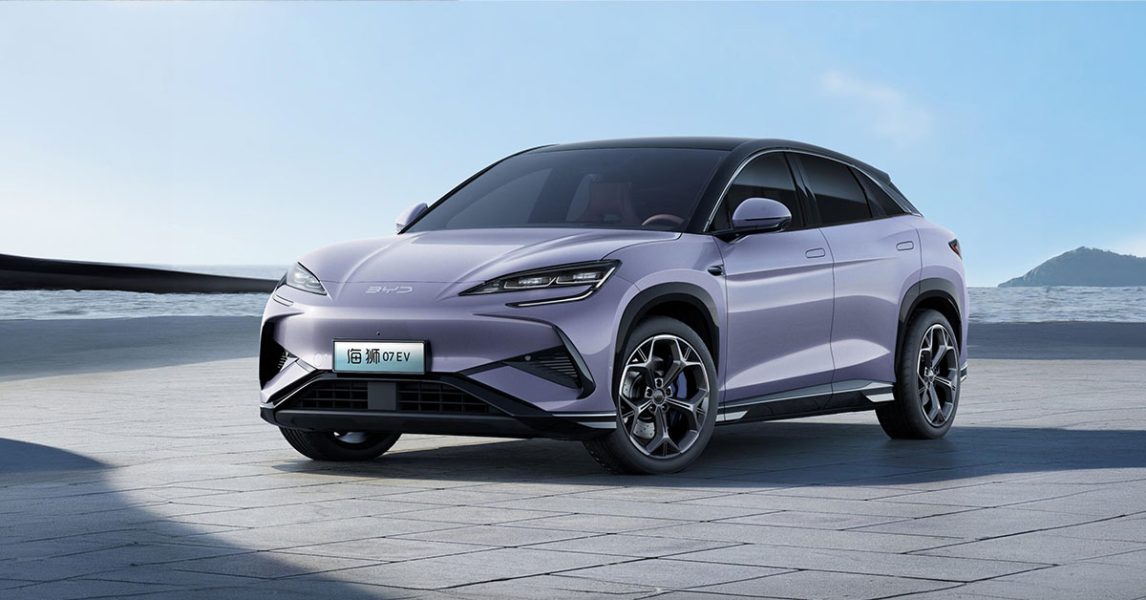
And now it plans to jump into the popular mid-sized SUV market with its Sealion 7. Essentially a jacked-up version of the Seal, the five-door soft roader will come with a choice of 230kW single (Premium) or 390kW dual-motor (Performance) set-ups, with pricing set to start in the high $50k bracket.
Cadillac Lyriq
The iconic American luxury brand officially launches in Australia for the first time in 2025, exclusively as a new-age electric-only brand, headlined by the Lyriq SUV.
While slightly smaller than its natural luxury SUV EV rivals, such as the BMW iX, Mercedes-Benz EQE and Audi Q8 e-tron, the Lyriq brings a unique sense of style and new technology.

It will be offered in two model variants, Luxury ($117,000 plus ORCs) and Sport ($119,000 plus ORCs), that both share the same mechanical configuration, with an 102kWh battery and dual motors that deliver 388kW/610Nm and 530Km of driving range but differ in exterior and interior highlights. The Luxury is laden with Caddy-esque chrome while the Sport replaces those features with subdued dark or body-coloured touches.
The Cadillac Lyriq is due to arrive in Australian showrooms early in 2025, and will be joined by a smaller SUV, called Optiq, later in the year.
Deepal S07
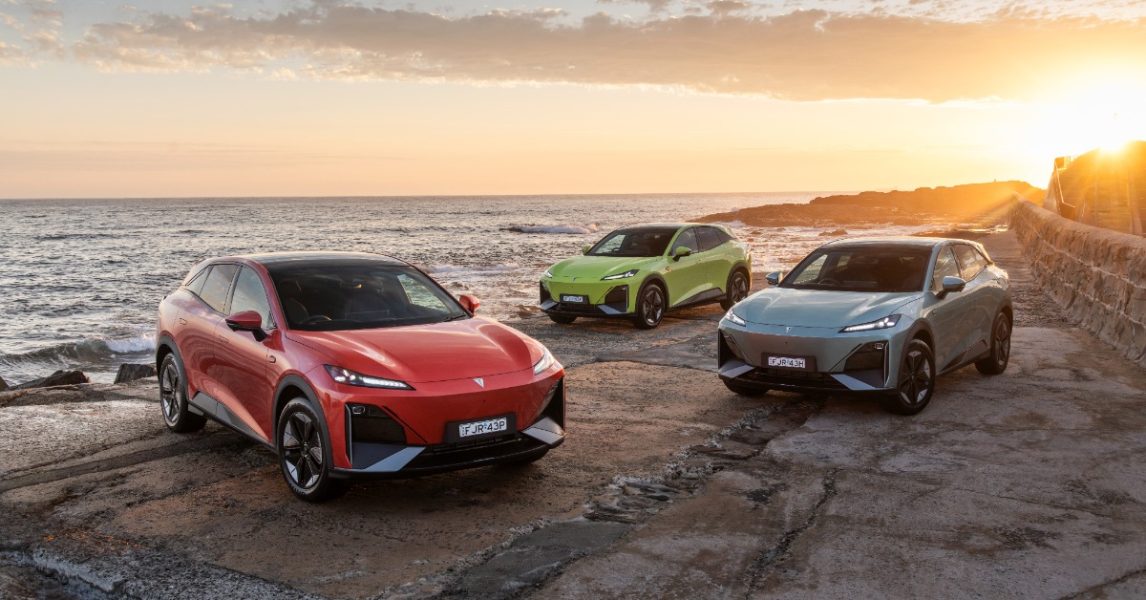
One of the newest Chinese brands is Deepal, which has already officially arrived on our shores courtesy of the company that also imports Subaru and Peugeot to Australia.
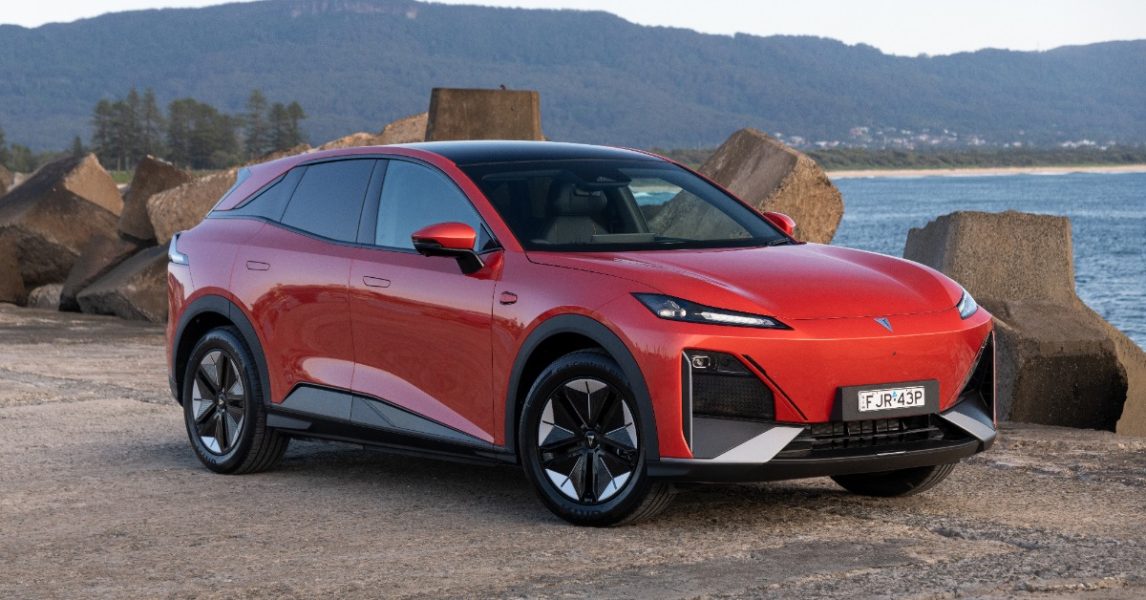
The first car in its range is the S07, a mid-sized family SUV offered in a single specification with a single 160kW/320Nm electric motor and an 80kWh battery delivering 475km of range, priced from $53,900 (plus ORCs).
Ford e-Transit
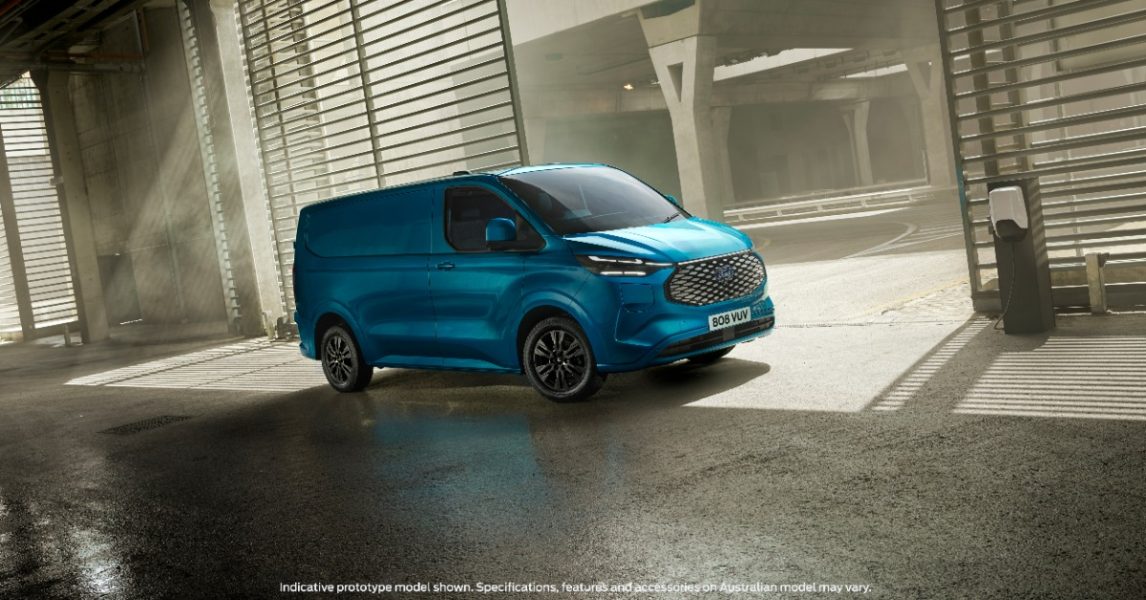
The blue oval has a stranglehold on the traditional white van segment with its iconic Transit light commercial load lugger.
This year, it will introduce a fully electric version with the smaller E-Transit Custom, which doesn’t compromise on capacity or payload and is powered by a 160kW/415Nm single electric motor with a 64kWh battery. With an estimated driving range of 337km, it will be an ideal solution for inner-city delivery operators rather than interstate couriers.
Geely EX5
Geely might not be a recognisable brand name, but the Chinese car maker has plenty of experience as the owner of established car makers including Volvo, Polestar, Zeekr, Lotus, and others.

It is readying to launch in Australia in the first half of 2025 as a budget EV brand below its European subsidiaries, first with the EX5 mid-sized SUV, which is set to be priced under $50k and available in two model grades, Complete and Inspire, each powered by
a 160kW/320Nm front-mounted electric motor with a 60.2kWh battery that delivers up to 430km of driving range.
Genesis Electrified G80
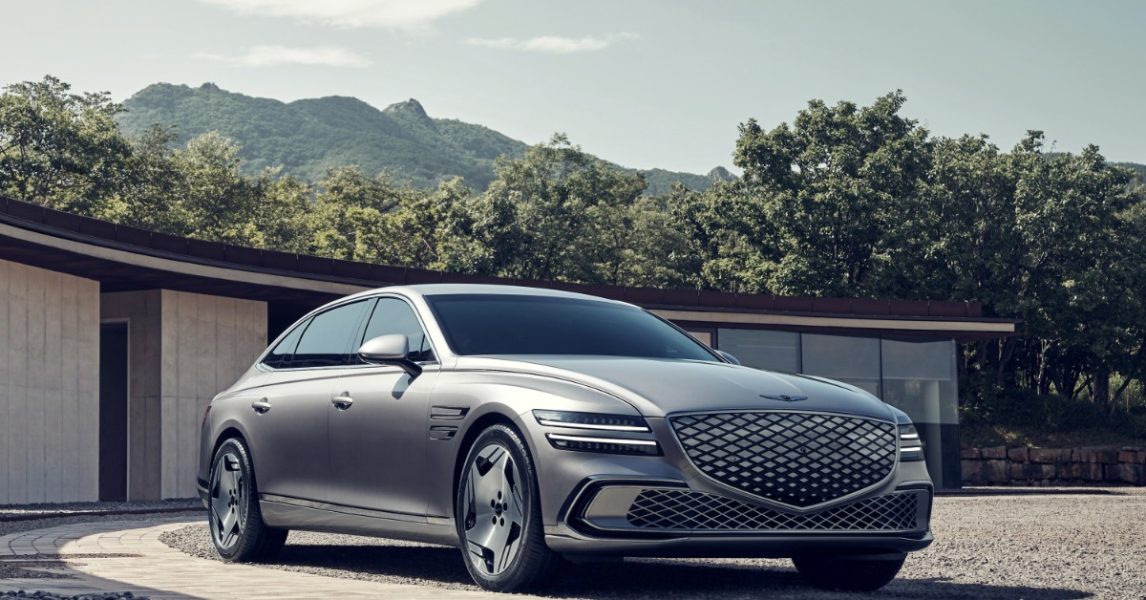
Hyundai’s luxury division, Genesis, will introduce an updated version of its flagship Electrified G80 limousine in 2025.

The biggest change is that it will be exclusively offered in a long wheelbase configuration with more rear legroom and business-class amenities, as well as a larger 95.4kWh battery that improves driving range to approximately 580km between recharging.
Hyundai Inster
At the other end of the scale, the South Korean brand will bring a funky new entry ticket into its burgeoning electric vehicle range, the city-sized Inster SUV.
It will be offered with a choice of two powertrain options, a 71kW electric motor with a 42kWh battery in the base-model Standard Range or an 84.5kW motor with a 49kWh battery in the Long Range. While the Inster only provides modest power outputs and driving range (327km and 370km), it is expected to become one of the most affordable EVs in Australia, with a sub $40k starting price when it arrives before the middle of the year.
Hyundai IONIQ 9

Hyundai will also top its IONIQ line-up with the seven-seat IONIQ 9 family SUV in 2025.
Essentially a re-skinned version of the award-winning Kia EV9, it will feature a larger 110kWh battery that promises a driving range of more than 600km when it arrives in showrooms late in 2025.
KGM Ssangyong Torres
Ssangyong has been around for decades as the OTHER South Korean brand. In 2025, it has been re-branded itself as KGM Ssangyong, launching into its new life with the value-focused Torres mid-sized SUV.

Petrol models are already available, and a fully-electric version – the EVX – is expected to join the range later this year, with a starting price around $50k and featuring a
73.4kWh battery with a 150kW front-mounted motor that provides around 500km of driving range.
Kia EV3
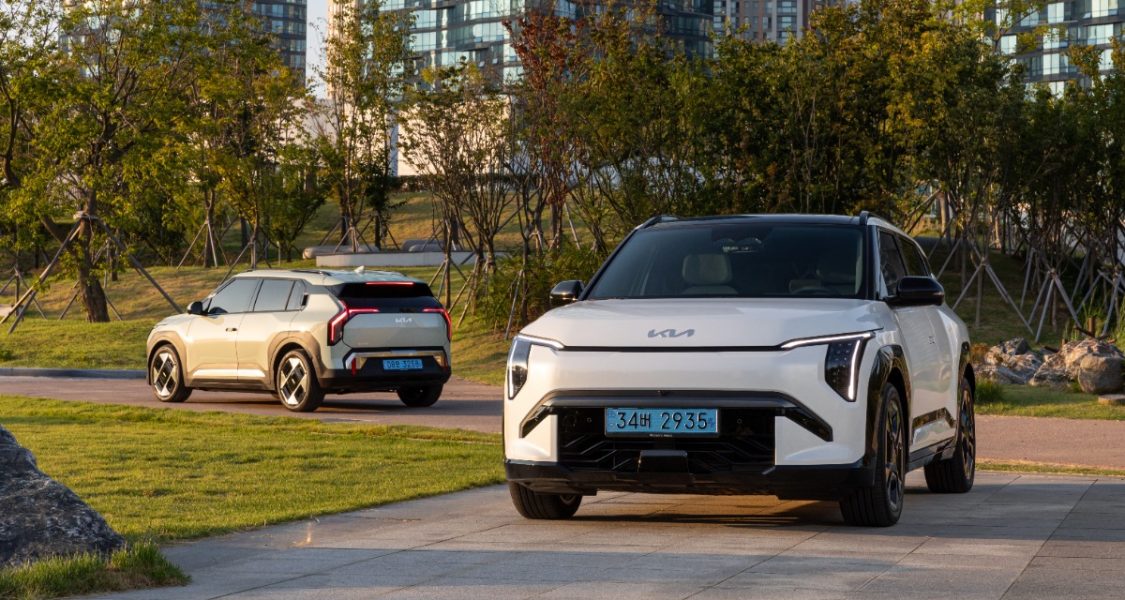
Kia has established itself as a surprising powerhouse in the electric vehicle revolution with its edgy-looking and cutting-edge EV6, EV9, and EV5 models, which have all racked up numerous accolades since their subsequent arrivals.

Those models will be joined by a new entry model, the EV3, in 2025, which is set to challenge Chinese rivals at the budget end of the market with a sub $50k starting price.
Due to be available with single- and dual-motor variants with plenty of tech and a functional, trend-setting cabin, the EV3 is expected to arrive in showrooms in the second half of 2025.
LDV eTerron 9
LDV was the first car maker to try and crack the dual-cab segment with the first fully electric ute with the eT60 a few years ago.
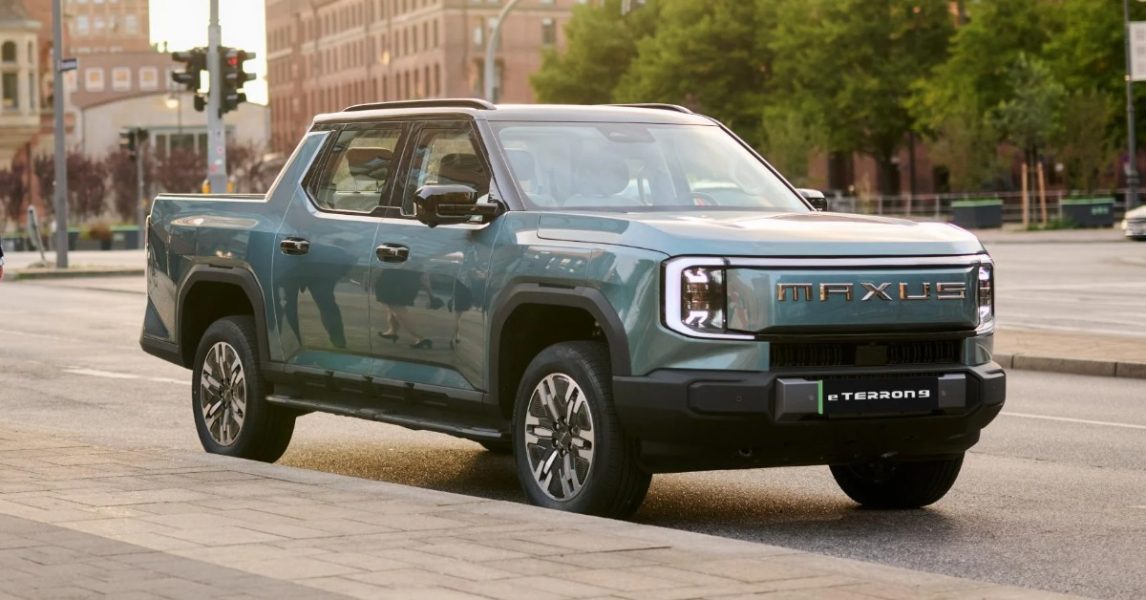
It wasn’t a huge success, owing to its exorbitant price tag and lacklustre performance and payload, but its successor, the eTerron9, looks more promising, with a larger 102kWh battery that delivers 430km of driving range and twin electric motors. The eTerron9 is undergoing local testing prior to its official release later this year.
Leapmotor C10
Leapmotor is another new Chinese brand, and, like its rival Geely, it has the backing of one of the biggest car makers in the world, Stellantis – the parent company of Jeep, Chrysler, Fiat, Alfa Romeo, Peugeot, Vauxhall… and more.
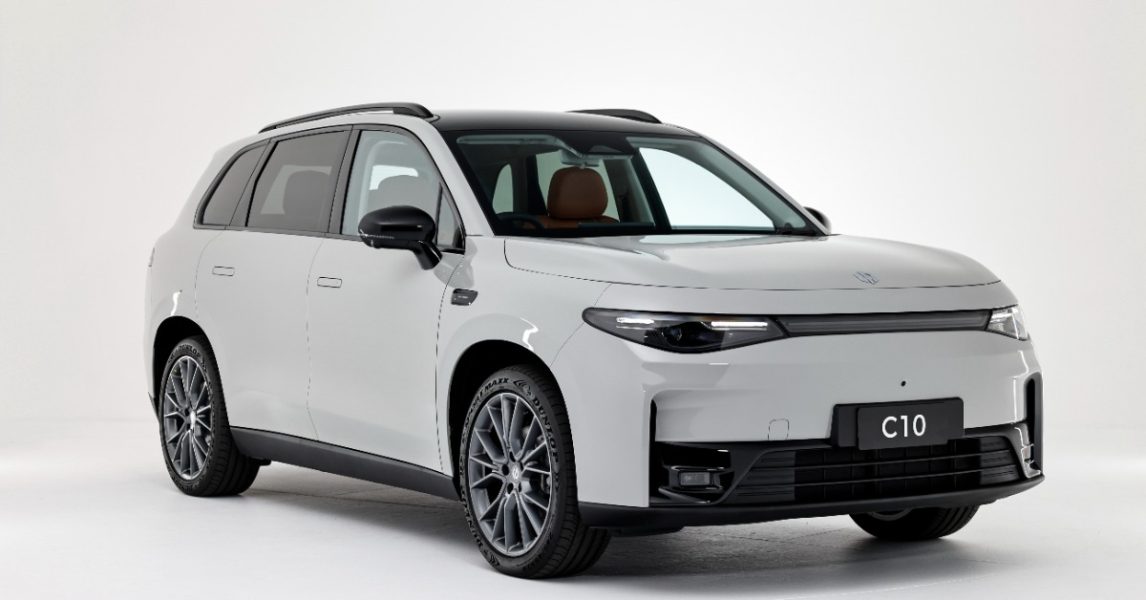
It has already launched in Australia through the Jeep dealer network with the C10, a budget-friendly five-door family SUV priced from $45,888 (plus ORCs) for the entry-level Style variant or $49,888 for the range-topping Design.
Both models are powered by a 160kW rear-mounted electric motor via a 70kWh battery that delivers 420km of driving range and are backed by a seven-year warranty with 12-months of complimentary Chargefox charging.
Leapmotor B10
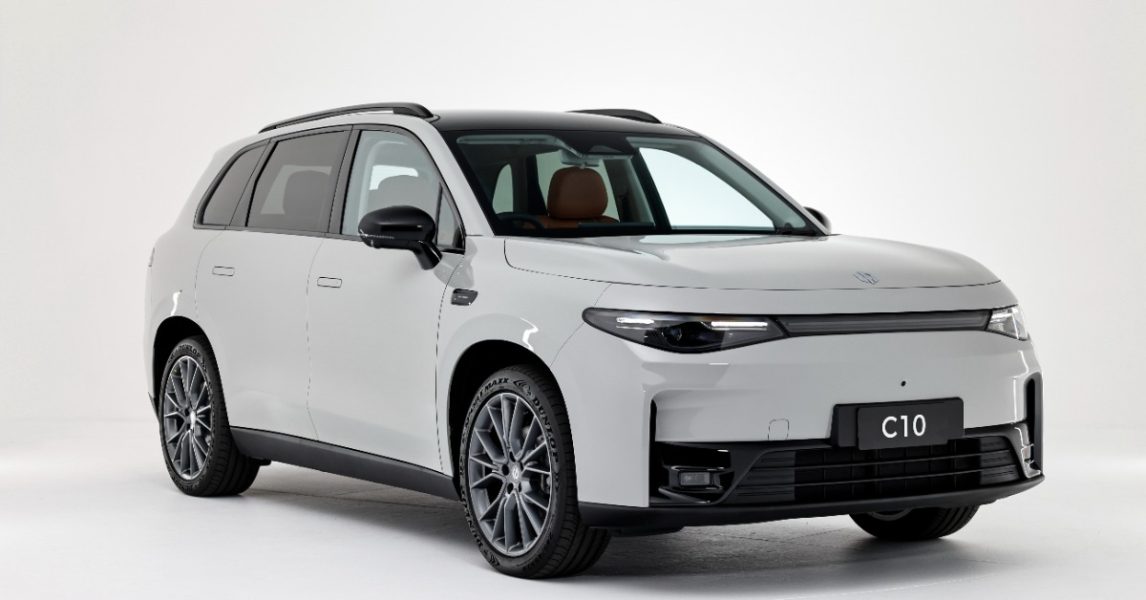
The C10 won’t be only model in the Leapmotor range by the end of the year, with a smaller B10 expected to join the family in 2025.
Using the same battery and electric motor, the compact model is expected to be even more affordable, with a sub-$40k price tag when it arrives.
MG ES5
MG is shifting its focus from cheap-and-cheerful to delivering a more premium experience in 2025.
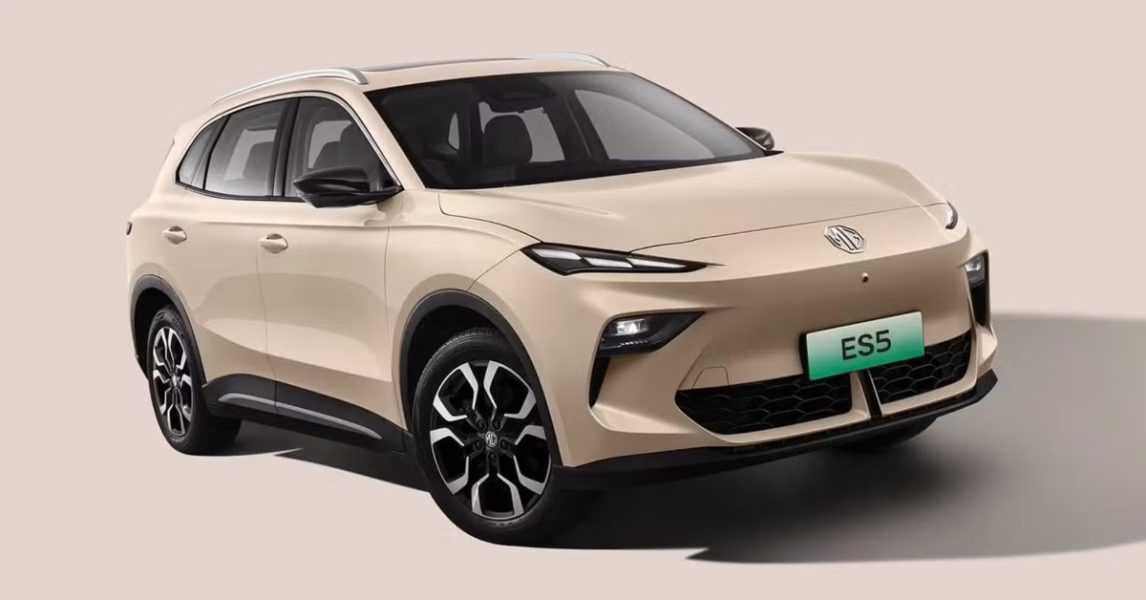
Its first dedicated EV, the MG4, has been relatively well received, both critically and on the sales charts, since it arrived 18 months ago. It will build on that foundation with a high-riding soft roader of a similar size this year.
Already available in China as the ES5, it may be re-named for Australia to align with its local range – potentially the MG5 or MG S5 – and will be offered with a single, front-mounted electric motor and the choice of two battery capacities in standard or extended range variants.
Nissan Ariya
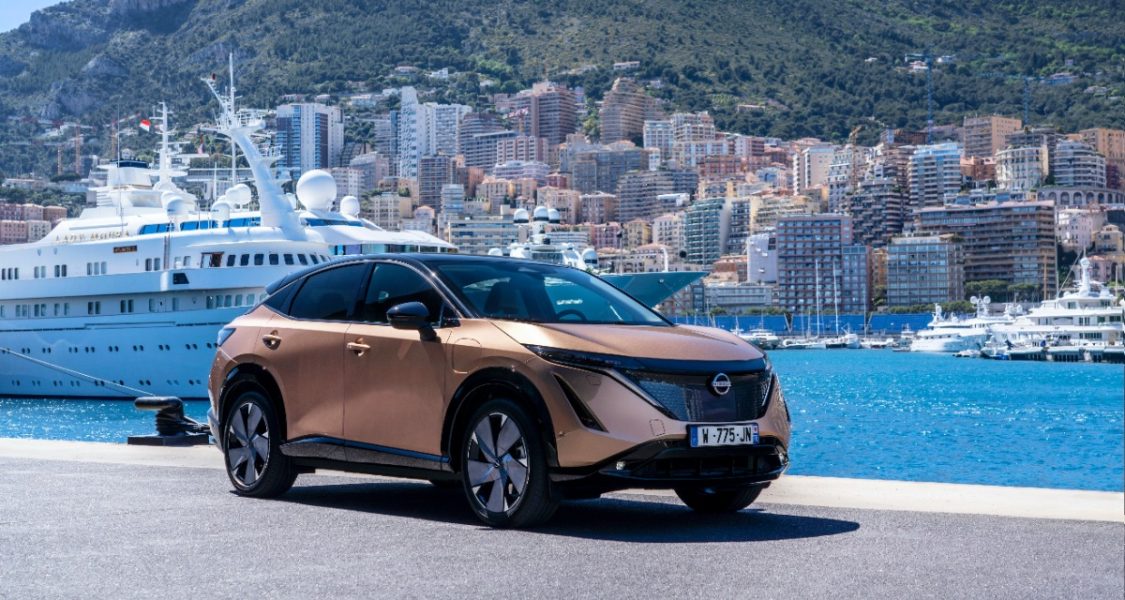
It’s been five years since the Nissan Ariya first went on sale in Japan, Europe, and North America, and now it is finally set to arrive in Australia this year.
Local specifications for the swoopy five-door, five-seater SUV have yet to be confirmed, but it is available in overseas markets with 160kW front-drive and 178kW dual-motor variants with respectively 63kWh and 87kWh battery packs
Polestar 3
Polestar was established as Volvo’s dedicated all-electric brand a few years ago and survived its early life with just one model, the Polestar 2, which was adapted from a conventional sedan with an internal combustion.

But 2025 is a watershed year for the Sino-Swedish car maker, with three new models built on an exclusive electric vehicle platform.
While adhering to the chronology of its naming convention, the Polestar 3 arrived in Australian showrooms earlier this year. But it defies logic in that it becomes the brand’s new luxury flagship even though there’s a 4 and 5 on the way too.

Initially available as Launch Edition models, the range starts at $132,900 (plus ORCs) for the entry-level model, with a 360kW/840Nm dual-motor set-up and $141,900 (plus ORCs) for the higher-grade Performance Pack, which increases performance to 380kW/910Nm and features revised suspension, bigger wheels, and stickier tyres.
Both feature a 111kWh battery that delivers up to 628km of driving range.
Polestar 4
The Polestar 4 sits in between the 2 and 3 as a stylish, avant-garde sedan pitched against the likes of the popular Tesla Model 3 and Hyundai IONIQ 5.
It is offered in two model variants – either the 200kW Single Motor Long Range or the 400kW Dual Motor Long Range – each with a 100kWh battery and estimated driving ranges of 620km and 590km respectively.
The Single Motor version costs from $78,500 (plus ORCs) while the Dual Motor variant starts at $88,350 (plus ORCs).
Polestar 5

The last of the new Polestar models set to arrive in Australia is the high-performance Polestar 5.
A swoopy five-door coupe-like luxury sedan, similar to the Porsche Taycan and Audi e-tron GT, it will pack upto 650kW of power and deliver supercar-beating levels of acceleration when it hits the road before the end of the year.
Skoda Elroq
Following the launch of Skoda’s first dedicated electric vehicle, the Enyaq, late last year, the Czech brand – part of the Volkswagen Group – will replace its current Karoq small SUV with the all-electric Elroq before the end of the year.
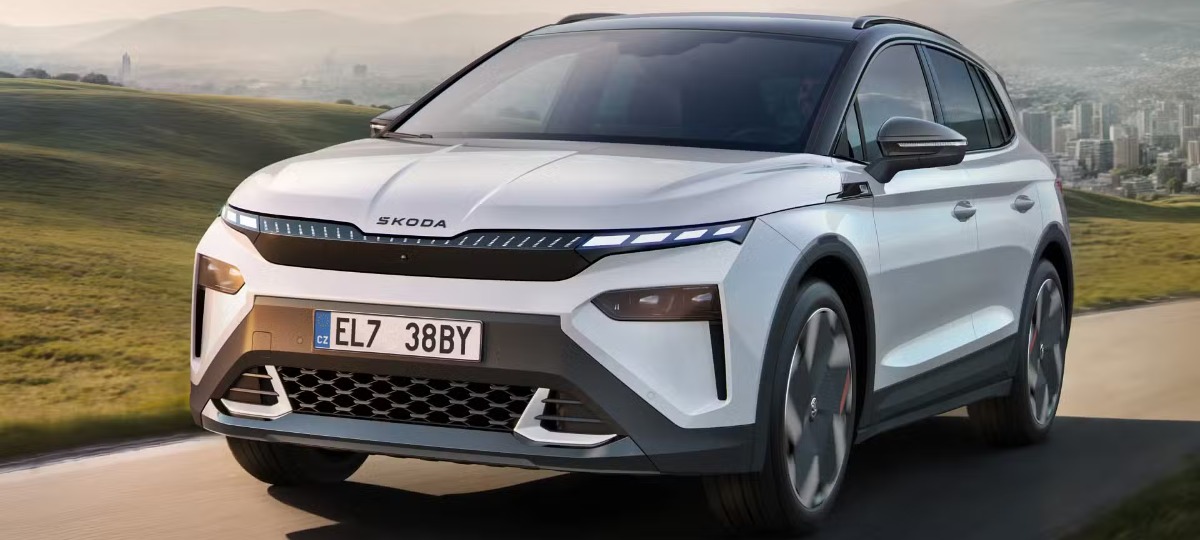
Set to be priced from around $50k, the compact soft roader is offered in Europe with the choice of four powertrains: the entry-level 50 has a 130kW rear-mounted electric motor with 52kWh battery; the mid-grade 60 has a 150kW single electric motor and a 63kWh battery; the 85 has a 210kW motor and 77kWh battery; and, lastly, the 85X, has the largest battery pack and a dual-motor configuration with 220kW.
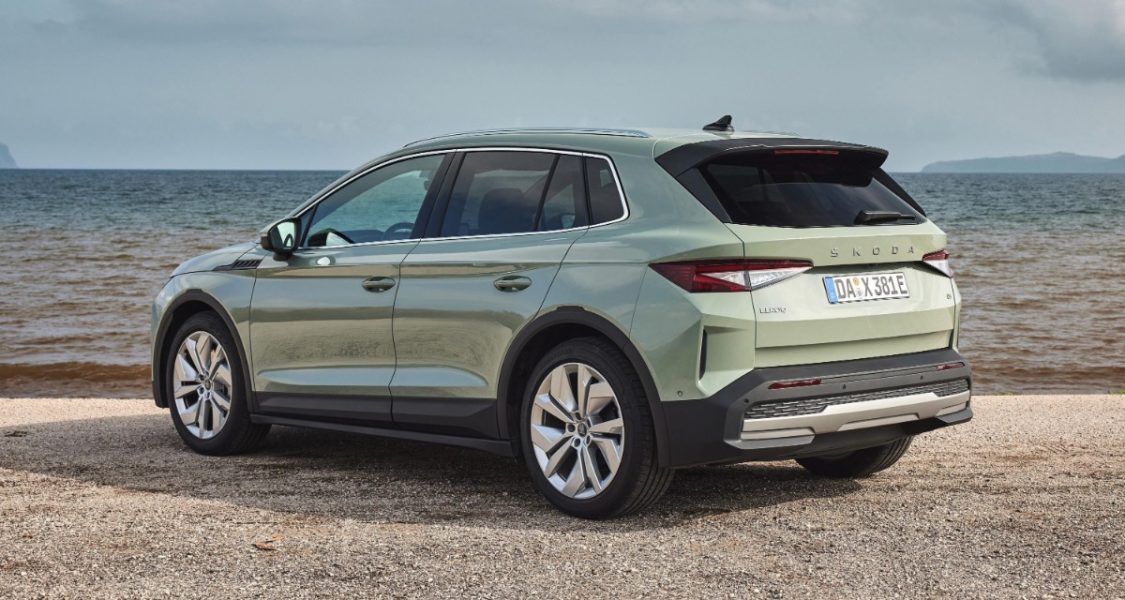
Prices and specifications for Australia will be released closer to the vehicle’s local launch later this year.
Smart #5
Remember the Smart car, that tiny-little runabout developed by Mercedes-Benz that looked like it would tip over in a breeze?
Well, forget that. The Smart brand is making a comeback as a funky, urban, all-electric brand joint venture between Mercedes-Benz and China’s Geely, which – as we’ve already explained – owns Volvo, Polestar, and Lotus and is launching its own brand in Australia this year.
Smart’s second coming will be headed up by the #5, a chunky-looking but compact SUV that follows in the wheel tracks of the Mini Countryman.
It won’t be cheap, with an expected starting price of around $70,000, but it will be clever, with a high voltage 100kWh battery that delivers an estimated driving range of approximately 740km on a single charge.
The Smart #5 will join the #1 city hatch and #3 crossover coupe that are already on sale in Australia when it officially launches here late in 2025.
Volvo EX90
Volvo will introduce a new flagship all-electric SUV, the EX90, in the first half of the year.

Uniquely, it will be the first seven-seater large family electric SUV from a luxury European car maker, joining the Kia EV9 and closely related Hyundai IONIQ 9 as the only similar battery-powered offerings in Australia.
The EX90 will be available in two model grades, starting at $124,990 (plus ORCs) for the EX90 Plus Twin Motor and $135,990 (plus ORCs) for the range-topping Ultra Twin Motor Performance.

Both utilise a 111kWh battery with a maximum driving range of 570km, but the Plus has 300kW of power while the Ultra has 380kW.
More details of the Volvo EX90 will be released closer to the model’s launch in the coming months.
VW ID 4/5
It’s been a long time coming, but after numerous delays Volkswagen Australia will finally birth its ID. 4 and ID. 5 twins in Australia this year.

The ID 4 is a conventional five-door, mid-sized SUV/wagon while the ID. 5 uses the same platform but features a sleeker profile with a coupe-style rear-end.
Both will land in local showrooms from March and will be offered in either Pro or GTX specifications with slightly different powertrains: the Pro models have a 210kW/545Nm rear-mounted electric motor with an 82kWh battery, while the GTX models have a dual-motor configuration that produces 250kW/679Nm, with a quicker charging version of the same battery pack. VW claims an estimated driving range of 550km and 556km for the ID. 4 and ID. 5 respectively in the Pro models.
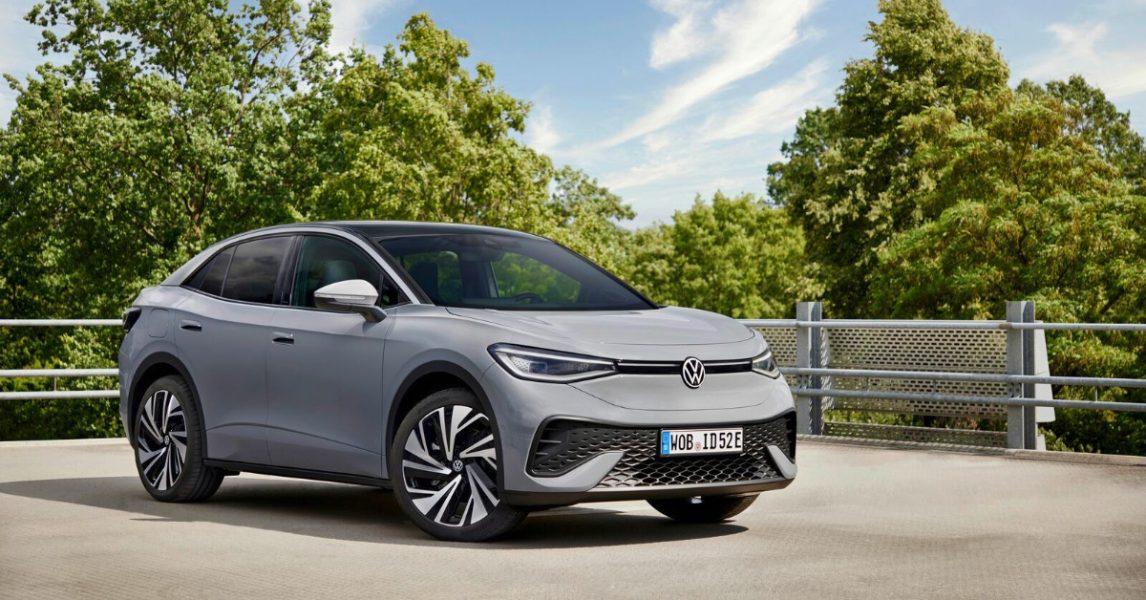
Pricing is expected to start in the mid $50k bracket when the ID. models are launched in the middle of the year.
Xpeng G6/G9/X9
Another new Chinese brand to arrive in Australia is Xpeng, which launched late last year with its stylish Tesla Model Y-rivalling G6 coupe-style SUV.
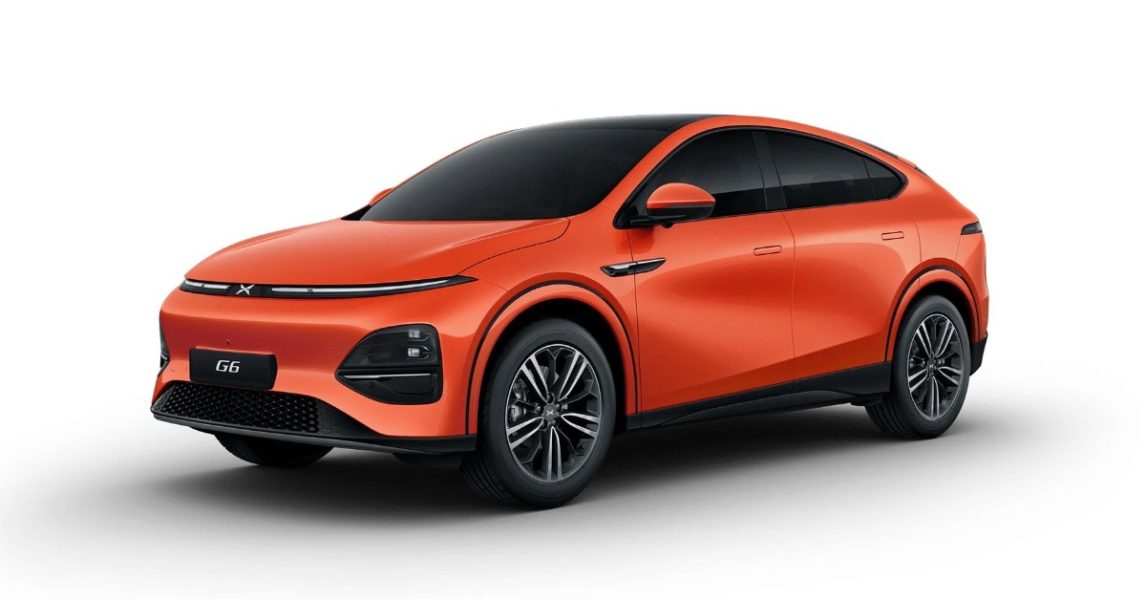
It is available in two model variants, with prices starting at $54,800 (plus ORCs) for the entry-level Standard Range with a 190kW single electric motor and a 66kWh battery that’s good for 435km of driving range. The Long Range model, which costs $59,800 (plus ORCs) has a 210kW motor and a larger 87.5kWh battery, which delivers an estimated driving range of 570km.

The local importer for Xpeng has already confirmed the G6 will be joined by a flagship dual-motor Performance version in 2025, as well as two new models, the G9 large SUV and the X9 people mover.
Zeekr X
If we haven’t talked about Geely enough already, the Chinese car maker has introduced another one of its subsidiary brands to Australia with the arrival of the Zeekr X at the start of the year.
Using the same underpinnings as the impressive Volvo EX30 compact SUV and the upcoming Smart #5, the X is offered in two model grades with the choice of either rear-wheel drive with a single electric motor or all-wheel drive with a dual-motor set-up.
Both versions use the same 66kWh battery, but the entry-level rear-driver costs from $56,900 and features a 200kW rear-mounted electric motor while the AWD version, which costs from $64,900 (plus ORCs), has a twin-motor set-up with 315kW of power.
The Zeekr X is available now, and will soon be joined by the luxurious, but odd-looking 009 people mover, and the 7X mid-sized SUV by the end of the year.
For more information on the transition to zero-emission mobility, contact SG Fleet today.
 Driving Insights
Driving Insights

